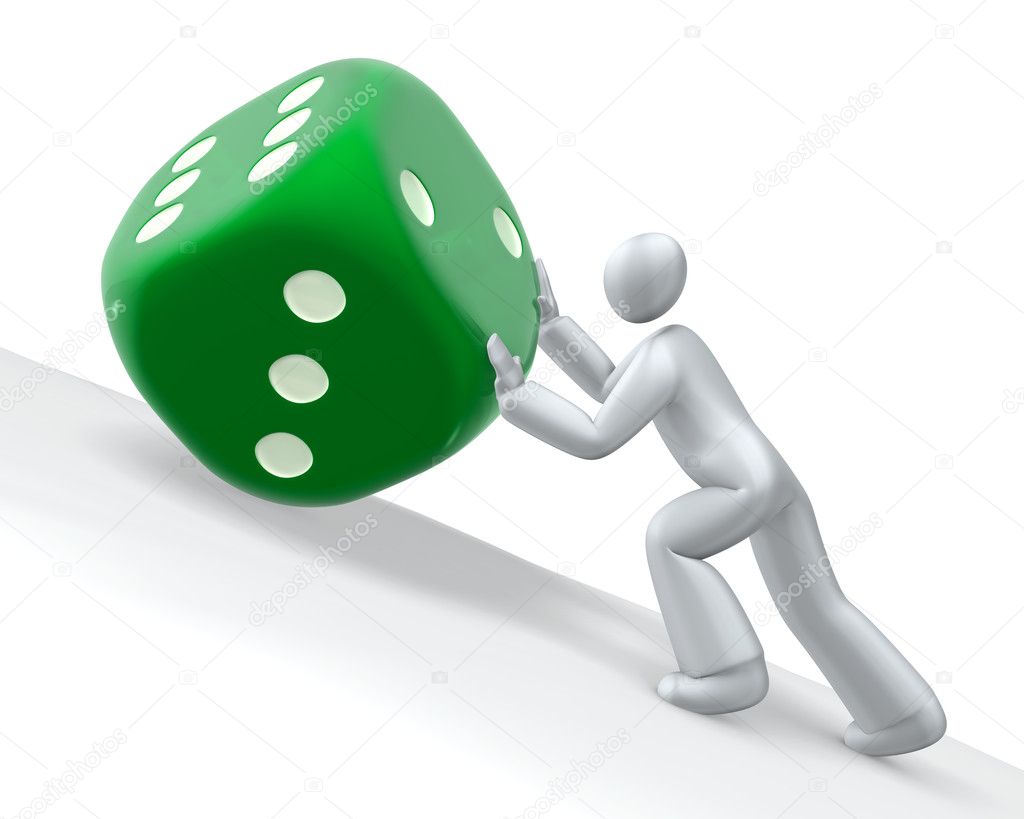- 12 Posts
- 5 Comments

 ·1 year ago
·1 year ago"Child pure of heart and innocent of mind. You have caught my attentions, a Unicorn who wants nothing but to live and peace, and to see the joy and love of the innocent as yourself. For your purity of spirit, I shall grant a boon of this magic gun."
The secret is to not work from what you'd like to do, but to work backwards from what your players want to do.
Seriously, throw out all the prep you have that isn't landing, and just ask your players what kinds of things they want to do. Then, make stories inspired by the actions or accomplishments they want to undertake.
... This does require that your players have some idea of what they want to do, though. If you have checked out or uninvested players, there's essentially nothing you can do I'm afraid.
So now I will soapbox to the players reading this: Your job is to be invested in the game. If you don't put energy into being invested, you're not fulfilling your side of the arrangement at the table.
A tale that is perpetually dark in tone becomes tiresome very quickly. It needs to feature the occasional ray of light for contrast and to create a sense of hope. Monsters and other terrors must be offset with creatures that are kind and lovable, giving the characters even more reasons to stand against the darkness. Here are a couple of ways to add glimmers of light to a tragic tale:
- In a land as dreary as Barovia, take the time to describe the occasional scene of beauty, such as a pretty flower growing atop a grave.
- Make sure that the heroes have contact with NPCs who are honest, friendly, and helpful, such as the Martikovs in Vallaki or the Krezkovs in Krezk.
-Curse of Strahd, Introduction. Marks of Horror. 2016.

 ·1 year ago
·1 year agoWhile this is all well and good, I think the OneD&D playtest provided a great fix on the biggest issue I've had with the mechanic: Remembering it exists.
Simply stating that on an unmodified 20 or 1 that Inspiration is granted is a fantastic way to remind the GM that they should give this out more often. It's gotten to the point that in cases where I would have previously given ad-hoc advantage, I now give inspiration where the player can make use of it if they feel like they want or not.
Also I have adopted those rules for both hero points in PF2e, and my regular D&D5e game. I mean both of them.
How it works....
A player rolls a Natural 1 - They get inspiration to use on a future roll. A player rolls a Natural 20 - They choose another player at the table who gets inspiration.
These two together more or less ensures that there's an amount of inspiration floating around all the time. But this also solves an issue where a hot-streak gets hotter, and someone with luck early on will get more of a spotlight later. By making success something that gives a boon to someone else, you build espirt de corps as everyone celebrates eachothers' successes more, and the spotlight be more likely to move to another player.
As I said before, this system works fantastic in both Pathfinder and D&D. The only downside is that it feels like PCs have an extra layer of plot armor, but that is mitigated by the fact that it wasn't my decision that I made capriciously. Also it makes math rocks a little more 'WEEE'!








Sure, but even then it doesn't make a lot of sense that all the different ways that Warlock patrons can present themselves, that they all are great about giving people raw damage potential as a cornerstone of their pact, regardless of how you flavor it.